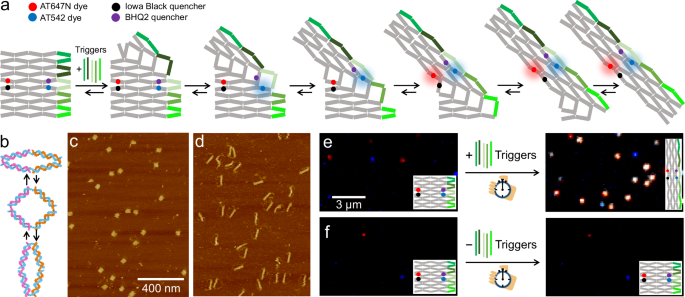2024-09-18 ケンブリッジ大学
<関連情報>
- https://www.cam.ac.uk/stories/seabird-beaks
- https://royalsocietypublishing.org/doi/10.1098/rsbl.2024.0259
海鳥の嘴先触覚器官、鳥類の深遠なシンボルの保存を示唆 Tactile bill-tip organs in seabirds suggest conservation of a deep avian symplesiomorphy
Carla J. du Toit,Alexander L. Bond,Susan J. Cunningham,Daniel J. FieldandSteven J. Portugal
Biology Letters Published:18 September 2024
DOI:https://doi.org/10.1098/rsbl.2024.0259

Abstract
Birds’ bills are their main tactile interface with the outside world. Tactile bill-tip organs associated with specialized foraging techniques are present in several bird groups, yet remain understudied in most clades. One example is Austrodyptornithes, the major seabird clade uniting Procellariiformes (albatrosses and petrels) and Sphenisciformes (penguins). Here, we describe the mechanoreceptor arrangement and neurovascular anatomy in the premaxillae of Austrodyptornithes. Using a wide phylogenetic sample of extant birds (361 species), we show that albatrosses and penguins exhibit complex tactile bill-tip anatomies, comparable to birds with known bill-tip organs, despite not being known to use tactile foraging. Petrels (Procellariidae, Hydrobatidae and Oceanitidae) lack these morphologies, indicating an evolutionary transition in bill-tip mechanosensitivity within Procellariiformes. The bill-tip organ in Austrodyptornithes may be functionally related to nocturnal foraging and prey detection under water, or courtship displays involving tactile stimulation of the bill. Alternatively, these organs may be vestigial as is likely the case in most palaeognaths (e.g. ostriches and emu). Ancestral state reconstructions fail to reject the hypothesis that the last common ancestor of Austrodyptornithes had a bill-tip organ; thus, tactile foraging may be ancestral for this major extant clade, perhaps retained from a deeper point in crown bird evolutionary history.


